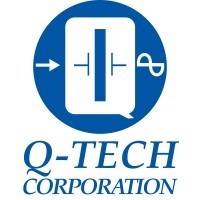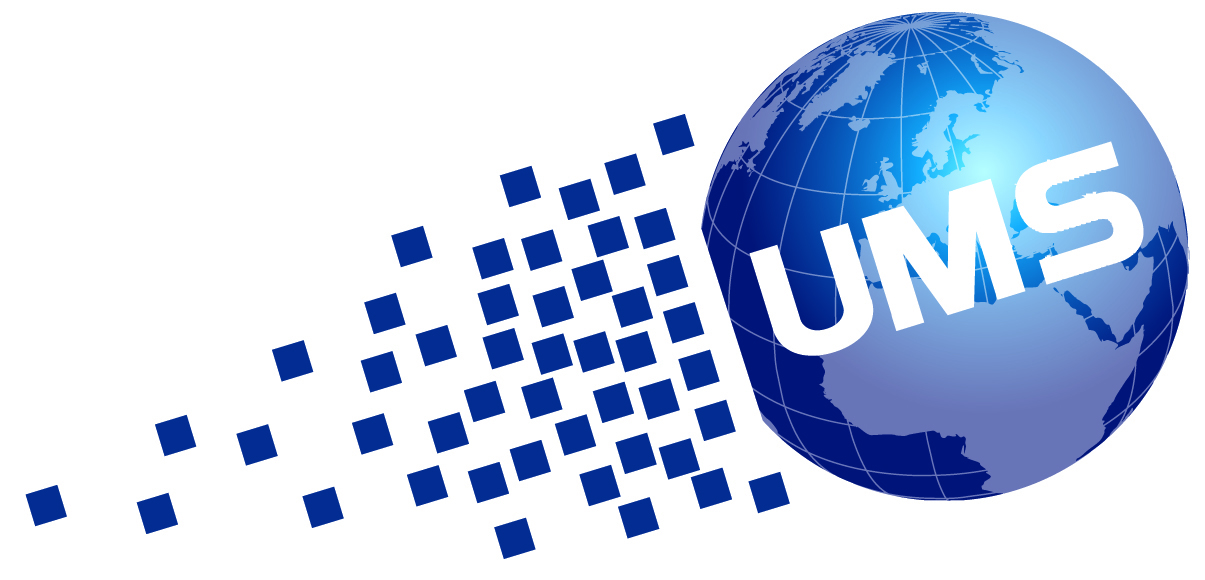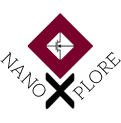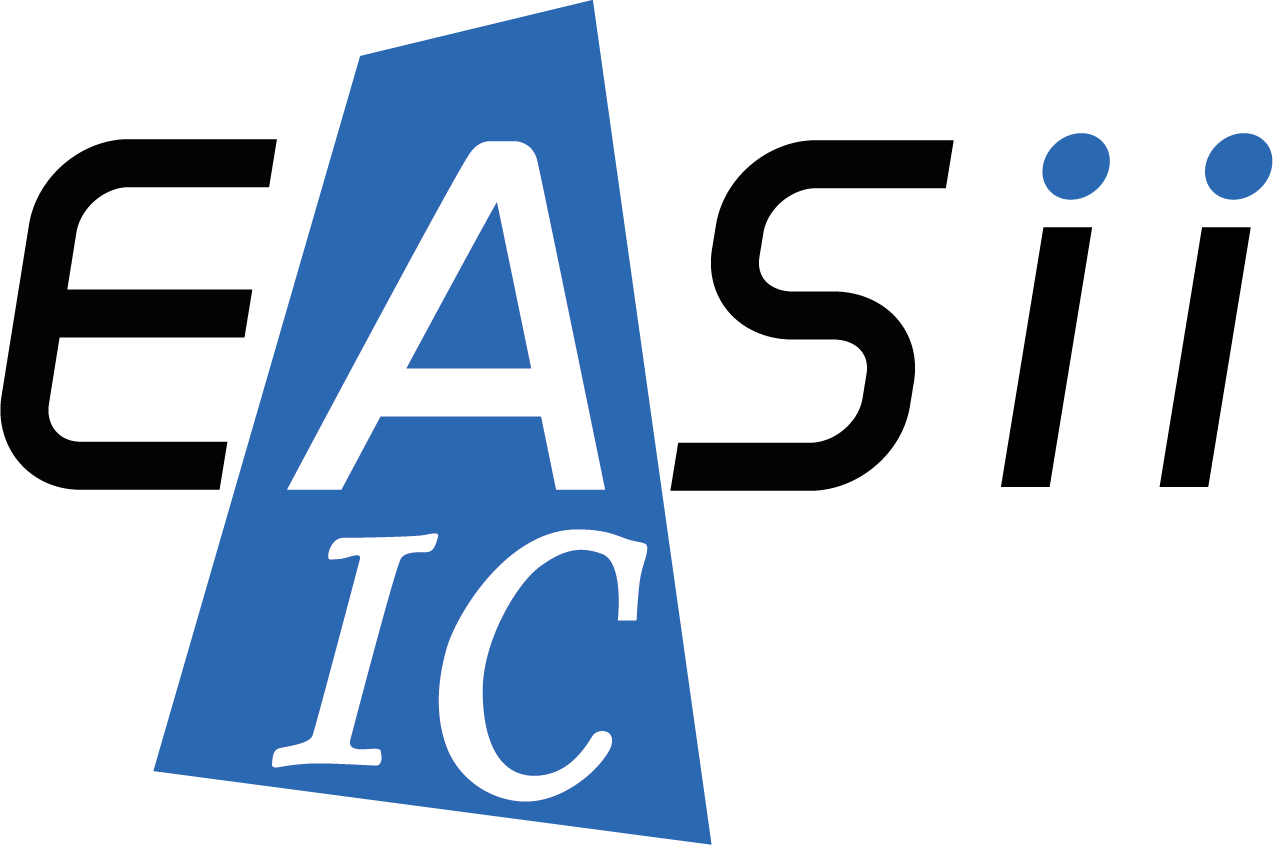Radiation Effects on Crystals and Oscillators

- Home
- /
- POSTS
- /
- Technology
- /
- Radiation Effects on Crystals...
Welcome to the Q-TECH Crystal Oscillator Professor
This blog is about the nuts and bolts of time and frequency control, and especially about the details of crystal oscillators, which are particularly fascinating devices. This blog will explore how timing systems using crystal oscillators work, and how to use, specify and troubleshoot crystal oscillators, as well as tracking and discussing the exciting new developments in the field.
Ronald Stephens
Ronald Stephens is the former president of Q-Tech Corporation. He has degrees in Physics, Math and Operations Research and 47 years of experience in the crystal oscillator industry. He is a former chairman of the EIA’s Piezoelectric Products Group and the Piezoelectric Conference and Exhibition. In 2017 the IEEE Frequency Control Symposium awarded him the C.B. Sawyer Memorial Award “For decades of entrepreneurial leadership in the frequency control industry.
Subscribe and get a free download to our Q-Tech White Paper.
In this fourth lecture the Professor will discuss radiation impacts on the entire crystal oscillator assembly.
Up until now we have not discussed the effects of radiation on oscillator components other than the quartz crystals. Radiation effects on other electronic components is a more complicated subject, because all active devices (semiconductors, transistors, digital electronic devices, etc.) are subject to degradation due to several types of radiation. Some of the major types of radiation of interest are:
TID Total Ionizing Dose (TID) is the cumulative absorbed dose in a given material resulting from the energy of ionizing radiation at a dose rate between 50-300rad(Si)/s. For electronic components, TID is a possible long term failure mechanism. Typically, space applications have required components to be certified reliable for at least 100 kRads. For use in LEO New Space applications, 30 kRad or 50kRad compliance is commonly accepted. On the other hand, in some applications, 300kRad or even 1MRad are required. In order to be so certified, components must come from a lot from which a representative sample have survived at least twice the TID level in question, or 200 kRads in order to certify 100 kRad compliance of the lot. This testing is reported in what’s called an RLAT (Radiation Lot Acceptance Test report).
Enhanced Low Dose Rate Sensitivity (ELDRS) is similar to TID but the total radiation required, for example, 100 kRads, is administered at a much lower dose rate, usually 0.01rad(Si)/s to 0.1rad(Si)/s, thus requiring the radiation testing to take a much longer period of time up to 120 days of test. This is because, paradoxically, some components are more affected by slower rates of radiation than by faster rates. Fortunately, the primary components susceptible to ELDRS are bi-polar semiconductors, and if they are not used, it is not necessary to test ELDRS.
A very important kind of radiation is Single Event Effects (SEE). Single events are caused by any singular impact of either a particle (usually a heavy ion), and the magnitude of the event is measured in MeV (million electron volts). SEE is broken up into at least three major kinds, in increasing order of severity:
- Single Event Transients (SET)
- Single Event Upsets (SEU)
- Single Event Latchups (SEL).
Continue Reading this Article…
Q-Tech Address : 6161 Chip Ave. – Cypress, CA 90630, US
Phone : (310) 836-7900
Fax : (310) 730-6440
Email: sales@q-tech.com
Web: https://q-tech.com/
| Italy Agent: DANILO LAUTA Via Guido Rossa 34, 00065 – Fiano Romano, ROME, ITALY Email: d.lauta@protec-semi.com Web: www.microrel.com |
In Partnership with: Phone: +49 (0)89 6602923 Email: sales@protec-semi.de Web: www.protec-semi.de |
CONTACT MODULE










